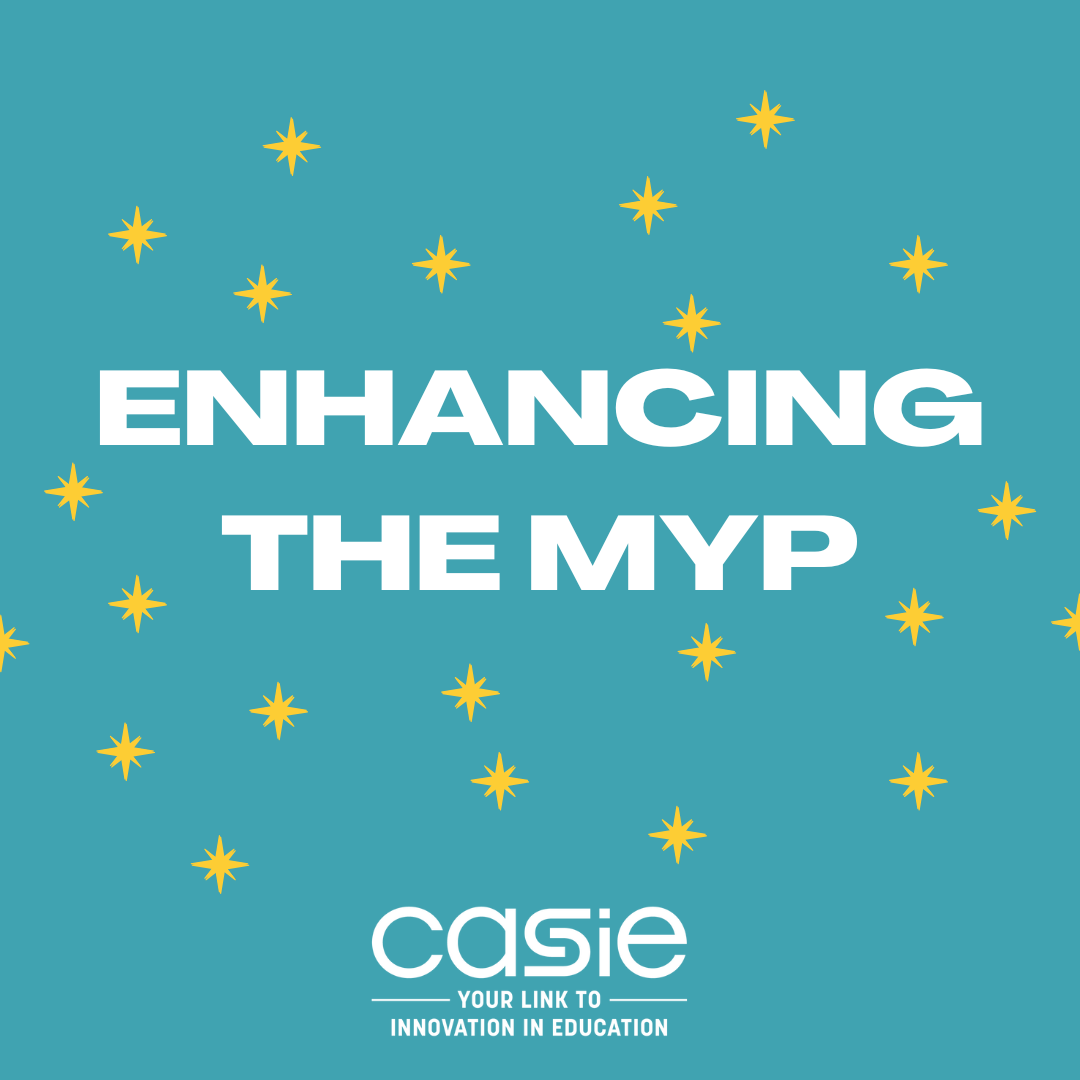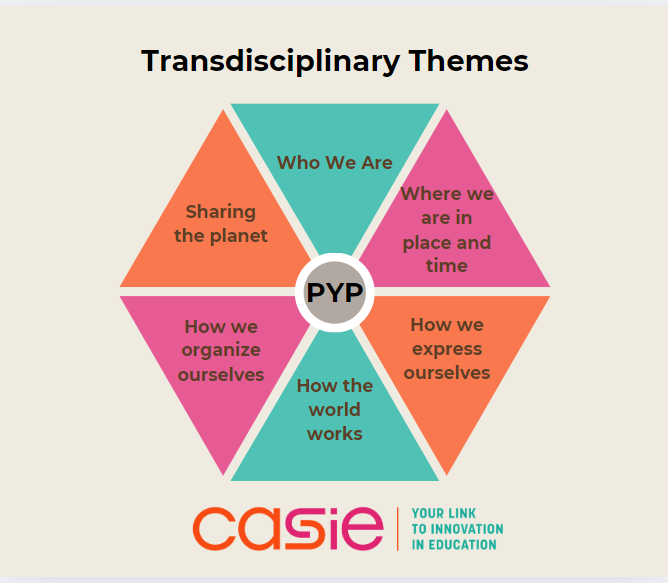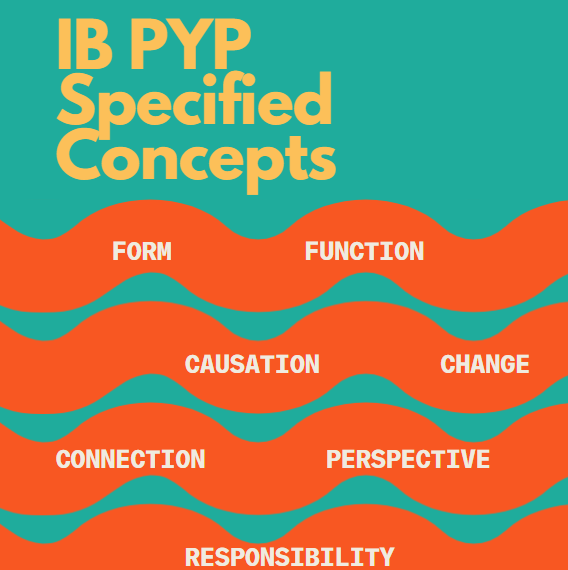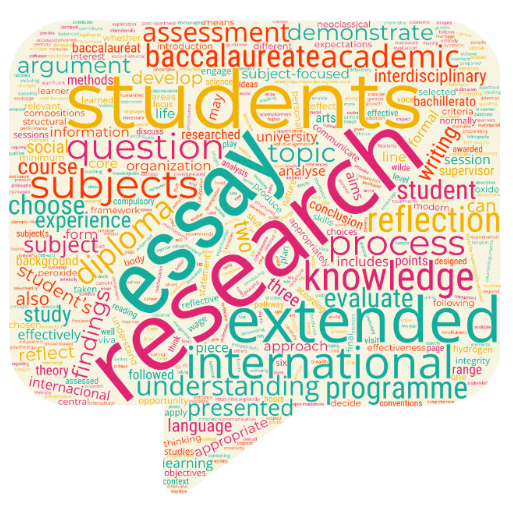Updated: Nov 30, 2021
“The whole art of teaching is only the art of awakening the curiosity of young minds to satisfy it afterwards.” – Anatole France
After exploring reasons for why we might choose to build a classroom community of inquiry in our last post, we will now take a deeper dive into what a community of inquiry could look like. There are different types of inquiry designations, but for this purpose we will adopt structured, controlled, guided, and free as our labels for imagining how each type of inquiry might manifest in the classroom.
-
In structured inquiry, the teacher provides the guiding questions and resource materials and leads the class through the procedures to follow as they investigate a specified topic of study.
-
Controlled inquiry involves a framework that the teacher decides upon for moving through the investigation process. The parameters, guiding ideas and sometimes specific goals are also teacher controlled.
-
Teachers using guided inquiry act as a facilitator by choosing the topic and guiding questions, but allowing students to choose the procedures and product.
-
Free inquiry permits students to choose their topics, guiding questions, procedures, goals, and product.
A Few Goals for a Community of Inquiry
“Inquiry is not a particular teaching method but a stance that underlies our approach to living as learners, both within and outside of school.”
– Kathy G. Short, Taking the PYP Forward
Each type of inquiry defined above represents a shift in thinking about learning. These definitions include active language for learning including, investigate, choosing, allowing, and guiding. Each alludes to learning as a continuous process of asking, thinking, and doing.
As such, a key goal is revealed which is the immersion of learners in this process. This goal, ushers us into figuring out how to create this immersion. The use of concepts and provocative questions help learners to become co-constructers of knowledge, as they research to find the answers to their own and others’ questions. To support this process, the learning community will have a need to develop specific skills in its learners.
Goals for a creating a community of inquiry can be summarized in this way:

By expressing these goals simply and highlighting their connected roles, we can feel empowered to believe we can take a stance of inquiry as we approach all the elements of designing lessons for rigorous learning communities, and choosing to empower learners as curious thinkers that co-construct new understandings.
We can continue to consider what a community of inquiry would look like from the perspective of teacher and student actions in our upcoming entry in this series.
Author
-
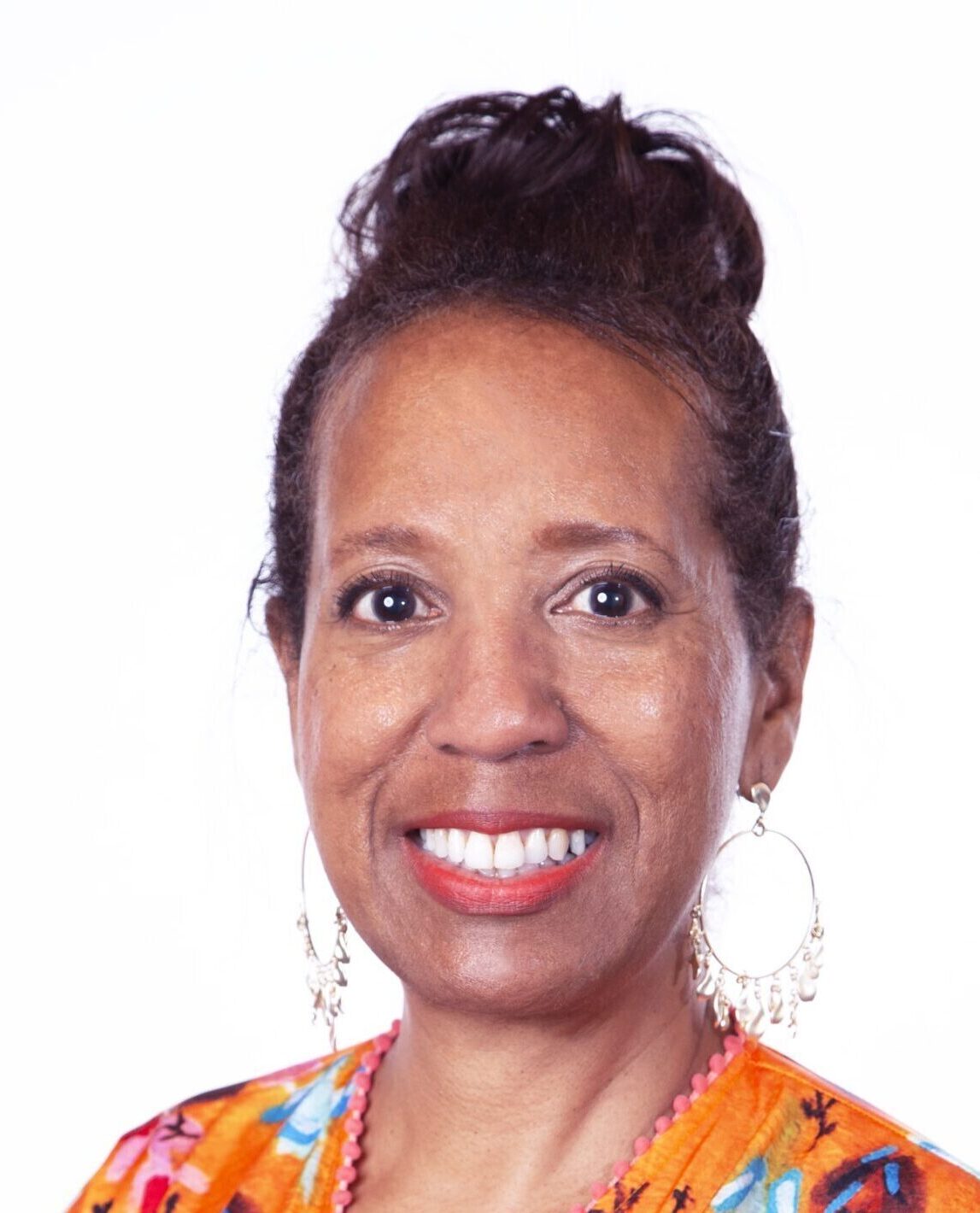
Jill is the CASIE Director of Education. She has a Master’s degree in Educational Leadership from Clark Atlanta University and a Bachelor’s degree in Education from The Ohio State University. Her past work experience includes serving as a teacher, IB coordinator, assistant principal, associate principal, 12 years as a principal with the last 7 leading an IB World School, Executive Director of Academic Programs including all four IB Programmes, head of of Curriculum and Assessment for Marietta City Schools, and an IB Educator Network programme leader. She enjoys learning, reading, walking, spending time with her husband, daughter, son, daughter-in-law, and friends.
View all posts

